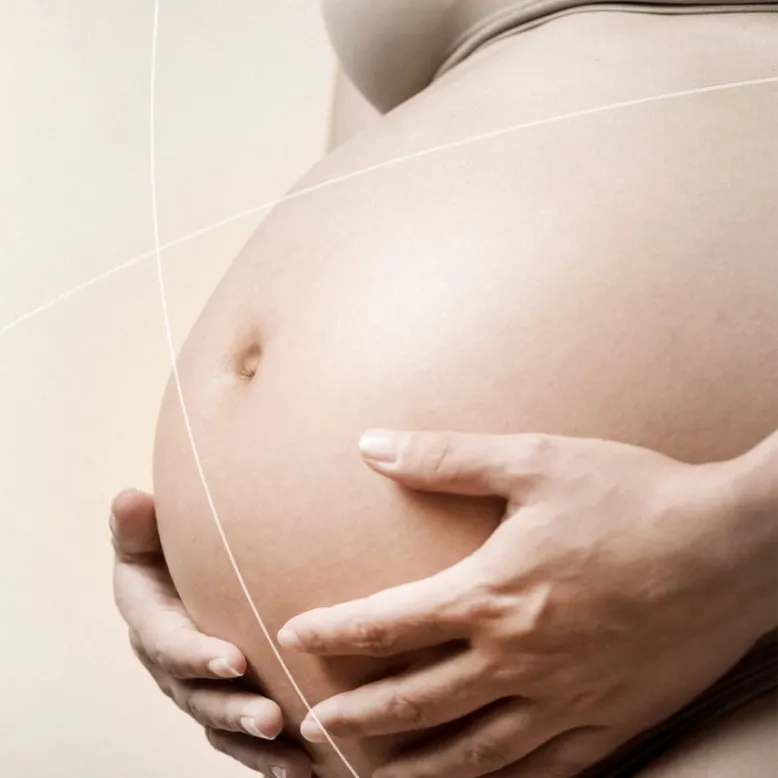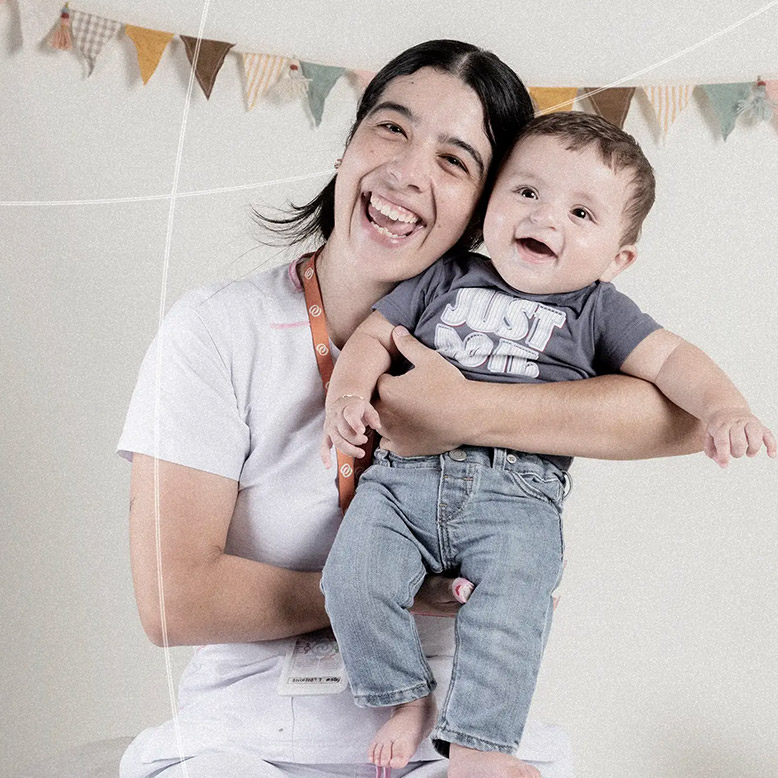Intrauterine insemination is a low-complexity fertility treatment that involves placing a prepared sperm sample directly into the woman’s uterus during her fertile window. This procedure increases the chances of conception by bringing sperm closer to the egg at the optimal time. It is a safe, accessible, and effective option for many couples and women hoping to fulfill their dream of becoming parents.
Donor Sperm Intrauterine Insemination (IUI)
Donor sperm IUI is a fertility treatment designed for women without a male partner, same-sex female couples, or in cases of significant issues with the male partner’s sperm quality. The procedure involves using a sperm sample from a certified sperm bank, which is placed directly into the patient’s uterus during ovulation. This treatment offers high success rates and is supported by comprehensive medical and emotional care at Inser.
Treatment Stages with Inser
Initial recognition ultrasound. Day 1–3 of the menstrual cycle.
Ovulation induction: Medication to stimulate mature eggs.
Follow-up ultrasound. Day 5–9 of the menstrual cycle.
Ultrasound before scheduling the procedure. Day 9–12 of the menstrual cycle.
Semen sample collection and intrauterine insemination. Day 11–14 of the menstrual cycle.
Pregnancy test. Day 25–28 of the menstrual cycle.
Gestational ultrasound. Day 45 of the menstrual cycle.
What’s the difference between intrauterine insemination (IUI) and in vitro fertilization (IVF)?
In IUI, sperm is placed directly into the uterus so that fertilization can occur naturally in the fallopian tubes. In IVF, fertilization happens in a laboratory, and the resulting embryo is then transferred to the uterus.
What are the success rates for IUI?
Pregnancy rates per cycle range between 15% and 20%, depending on factors such as sperm quality and quantity, ovarian response to treatment, the woman’s age, and the duration of infertility. The cumulative pregnancy rate after 3–4 cycles can reach up to 60%. If pregnancy is not achieved after several attempts, more advanced treatments such as IVF may be recommended.
When is this treatment recommended?
IUI is indicated in cases involving mild sperm abnormalities (such as reduced count, motility, or morphology), cervical factor infertility (when sperm cannot pass through the cervix), unexplained infertility, ovulation disorders, or a lack of pregnancy after 4–6 timed cycles with ovulation monitoring.
How is the sperm donor selected?
Sperm banks follow strict screening protocols to ensure donors are healthy. Donor selection may be based on physical traits, genetic compatibility, and other personal preferences.
When is donor sperm IUI recommended?
- Severe male infertility, such as azoospermia (complete absence of sperm in the semen)
- Genetic conditions in the male partner that could be passed on to the child
- Women without a male partner who want to conceive.
Explore our fertility solutions 🩵

Let's talk about fertility
Consultations, studies, freezing and storage, surgical procedures.

Treatments
Assisted reproduction through low-, medium-, and high-complexity treatments.

International Patients
Travel to Colombia and begin your treatment with Inser.

Patient Experience
Educational content, testimonials, and resources to support your journey.